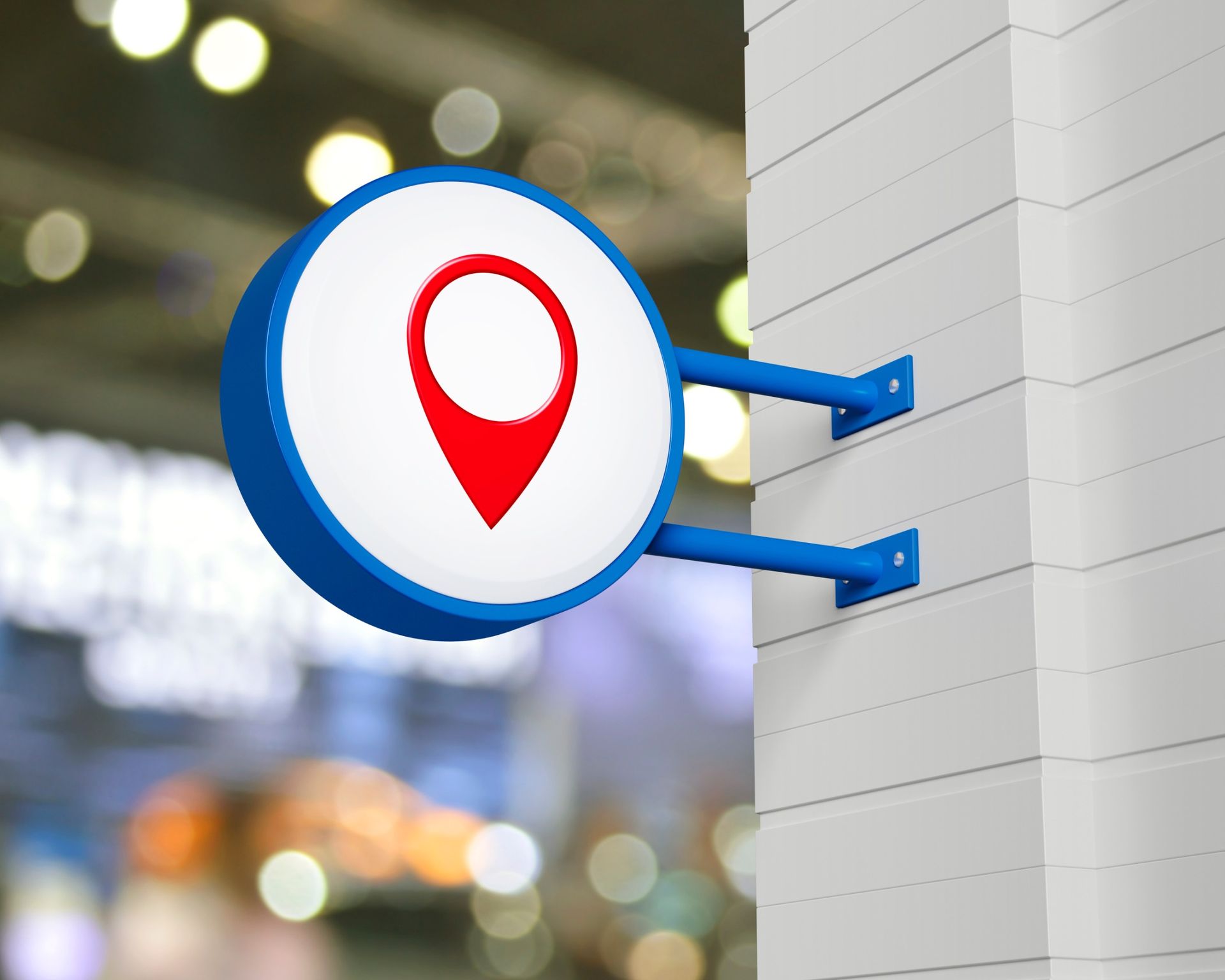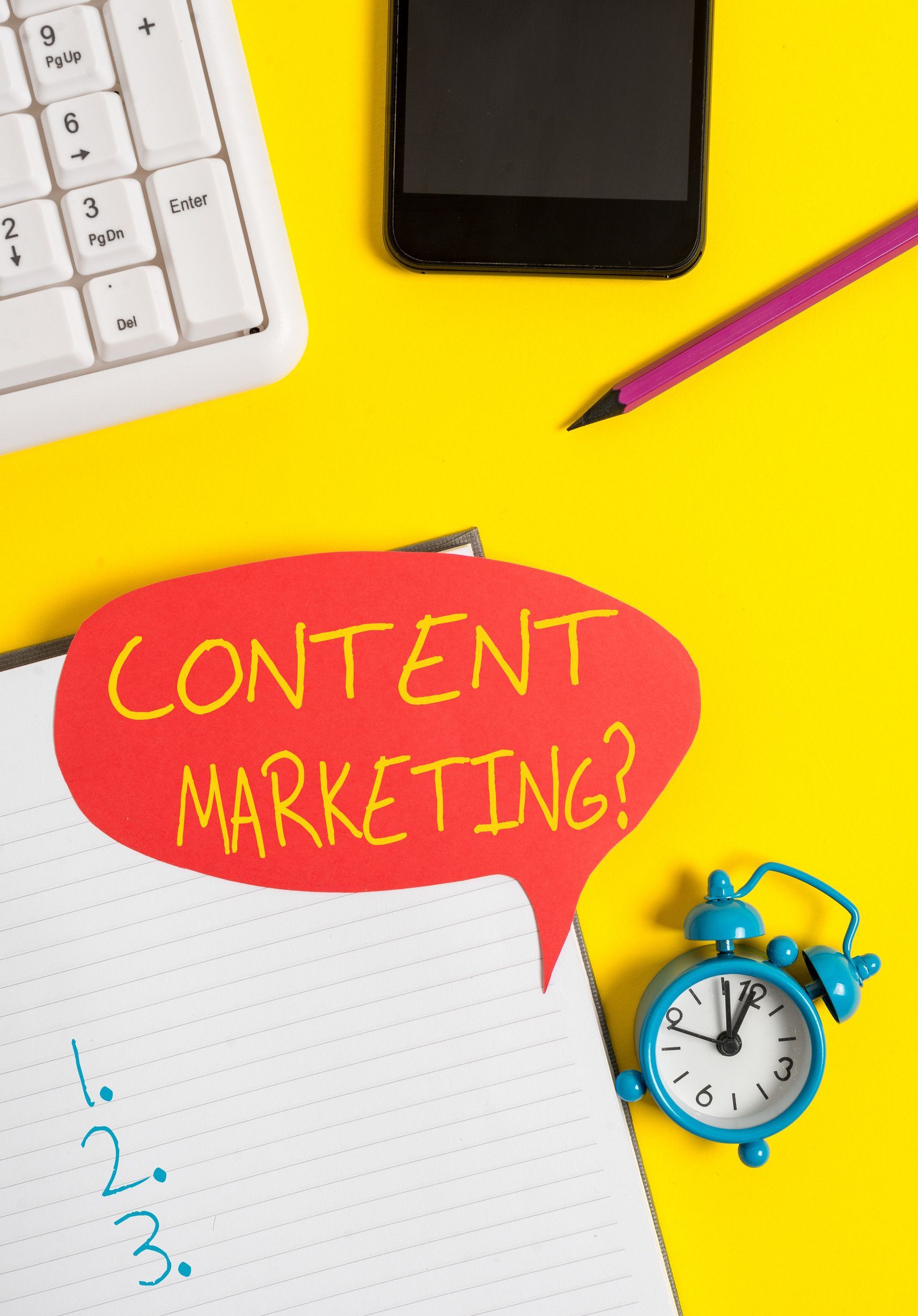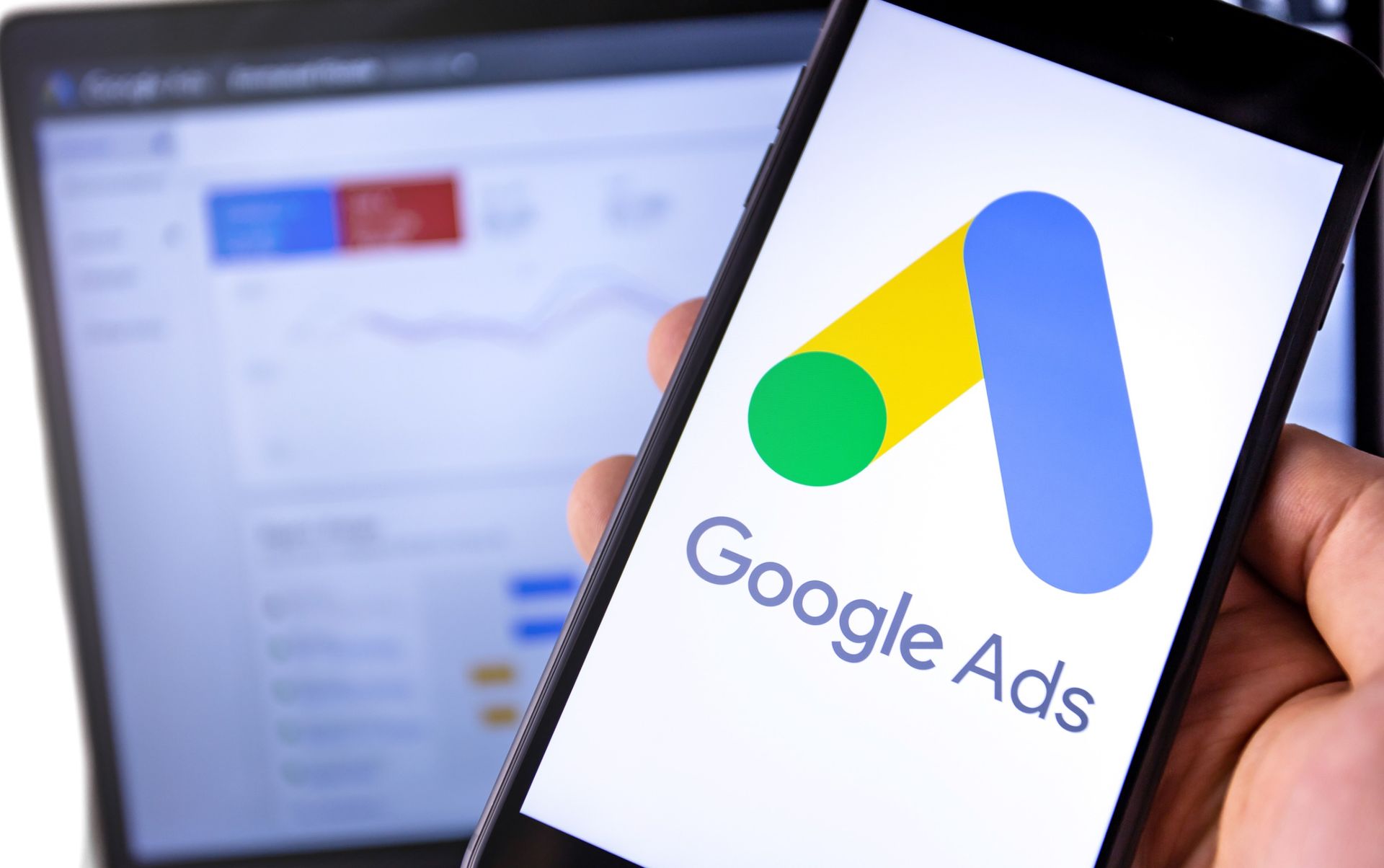Everything You Need to Know About Paid Advertising in 2025
Paid advertising is evolving rapidly, and as we look ahead to 2025, businesses that stay informed and adapt will thrive. If you're curious about how advancements in technology and new consumer trends are reshaping the way brands connect with audiences, this post is for you.
Here, you'll learn about the key changes taking place in paid advertising, from ad platforms and strategies to emerging trends that are set to define this space.
Whether you're a business owner, marketer, or just eager to stay ahead of the curve, this guide has everything you need to supercharge your advertising efforts.
The Current State of Paid Advertising
Before we jump into 2025’s trends, it’s essential to understand where we are now. Paid advertising has become increasingly diverse. It's not just about Google Ads or Facebook campaigns anymore — we’re seeing platforms like TikTok, Pinterest, and even Reddit pulling in significant ad budgets.
Meanwhile, the expectations are growing for hyper-personalized, efficient, and measurable marketing. Consider these stats:
- Digital ad spending surpassed $ 600 billion globally in 2024 (Statista).
- Video ads accounted for nearly 40% of total ad spend, with short-form content leading the way.
- Privacy concerns are reshaping tracking technologies, with third-party cookies being phased out.
2025 is poised to build on these developments, introducing exciting opportunities as well as challenges for advertisers.
The Technologies Shaping Paid Advertising in 2025
1. Artificial Intelligence is the New Standard
AI is no longer a "nice-to-have" – it's becoming integral to paid advertising strategies. From optimizing ad spend to generating targeted, creative ad copy, businesses in 2025 will use AI to maximize efficiency.
Key Examples:
- Campaign Optimization: Platforms like Google Ads already use machine learning to automate bidding strategies. By 2025, expect deeper integrations to predict consumer behavior with greater accuracy.
- Creative Development: AI tools, such as Jasper or Canva, are likely to play a larger role in designing eye-catching ads and even writing tailored, engaging copy.
- Ad Personalization: AI will enable real-time updates to ad content based on live user data, creating ads that feel genuinely personalized.
2. Voice Search Advertising
The growing adoption of smart devices and voice assistants such as Alexa and Google Assistant has opened up significant untapped potential in voice-based advertising.
What to Expect:
- Optimized Content: Brands will focus on “conversational SEO,” crafting ads designed for natural-language search queries.
- Interactive Ads: Expect ads tailored for hands-free activity (think "Order pizza now" ads seamlessly integrated with Alexa voice responses).
3. AR and VR Advertising
Augmented Reality (AR) and Virtual Reality (VR) advertising will continue gaining ground as companies focus on immersive ad experiences.
Hypothetical Use Cases in 2025:
- A fashion retailer allows users to “try on” clothing using AR on Instagram.
- Real estate businesses offer VR tours of properties, with clickable ad banners embedded within the experience.
With platforms like Meta (formerly Facebook) doubling down on the metaverse, these technologies are primed for exponential growth.
4. The Cookieless Future
Google’s commitment to phasing out third-party cookies by 2024 signals change in how businesses track and target users. New methods, such as data aggregation models and first-party data, will dominate.
What this means for advertisers:
- Higher emphasis on contextual advertising (e.g., ads relevant to the content being consumed).
- Enhanced campaigns relying on first-party data—in-house data collected directly from customers.
5. Programmatic Video Advertising
Video continues to dominate digital consumption, particularly on social platforms. Programmatic advertising will make video ad placement smarter and more precise, driving higher engagement rates.
Stats to Watch:
- 82% of all internet traffic was video-based in 2023—this is only projected to grow by 2025 (Cisco).
- Programmatic video ads take advantage of AI-driven algorithms for near-instant ad placement across YouTube, TikTok, and other networks.
Trends and Strategies for Paid Advertising in 2025
1. Hyper-Personalization with Ethical Constraints
Consumers today value personalization, but they loathe perceived invasions of privacy. Paid advertising strategies will need to balance personalization with
transparency and respect for user data.
What to focus on:
- Clearly outlining how personal data is used within your ads.
- Offering opt-in features that give consumers control over the ads they see.
2. Micro-Targeting Niche Communities
Generalized campaigns don’t pack the punch they once did. Hyper-focused campaigns targeting niche audiences—whether it’s hobby enthusiasts on Pinterest or gamers on Twitch—will yield higher ROI.
Example:
- Luxury watch companies can target niche subreddits like r/Watches with highly-tailored ads and giveaways.
3. The Rise of Connected TV (CTV) Ads
Consumers are pivoting to streaming platforms like Netflix and Hulu. By 2025, Connected TV ads will be a significant battlefield for advertisers looking to fill a gap once dominated by cable TV. CTV ads offer advanced targeting capabilities, allowing marketers to serve “TV-like” commercials based on refined audience demographics.
Pro Tip:
Advertisers should prepare creative budgets specifically for high-quality commercials to engage these prime media environments.
4. Social Commerce Integration
Shopping directly from social media platforms, or social commerce, is becoming the norm. Instagram, TikTok, and Pinterest will roll out even more seamless in-app purchase options, eliminating the need for external site checkout.
Statistics to consider:
- Social commerce is projected to grow at 30% annually, crossing $1.2 trillion in revenue globally by 2025 (Statista).
5. Focus on Retention Marketing with Paid Ads
While acquisition is a significant goal for paid ads, savvy marketers in 2025 will allocate more resources toward retention ads. These focus on re-engaging past customers or upselling current ones.
Why it works:
- Retained customers spend 67% more on average than new customers, making retention a cost-efficient approach (Adobe).
Practical Tips for Paid Advertising Success in 2025
- Determine clear KPIs for each campaign—clicks, impressions, or actual conversions?
- A/B test EVERYTHING: Headlines, ad visuals, CTA placement, and content.
- Invest in creative assets for short-form videos, TikTok ads, and Reels.
- Use interactive formats (polls, quizzes, or AR-enabled functions), which tend to generate more engagement.
- Prioritize mobile-first designs because mobile traffic accounts for over 50% of paid ad interactions globally.
Making Paid Advertising Work for Your Brand
Paid advertising in 2025 isn't just about spending more—it’s about spending smarter. By combining cutting-edge technology, emerging platforms, and an unwavering commitment to understanding your audience, businesses can create campaigns that drive meaningful results. Start building a plan that makes 2025 your brand’s most impactful year yet.
Ready To Take Your Advertising To The Next Level?
Start implementing these tips today, and watch your online presence soar. If you need expert guidance, we are a trusted Digital marketing agency in Las Cruces, New Mexico , that can help you develop the perfect website and implement SEO strategies tailored to your unique business needs. Contact us today to start your journey toward building a stellar online presence!










